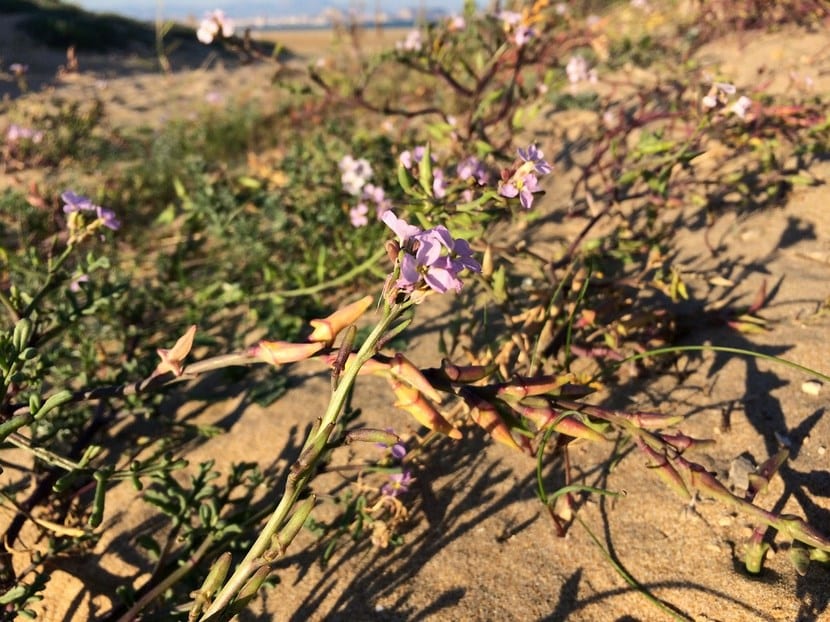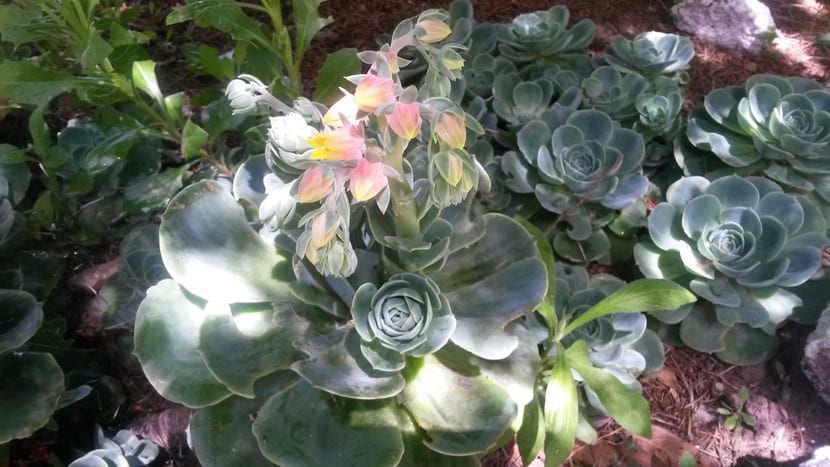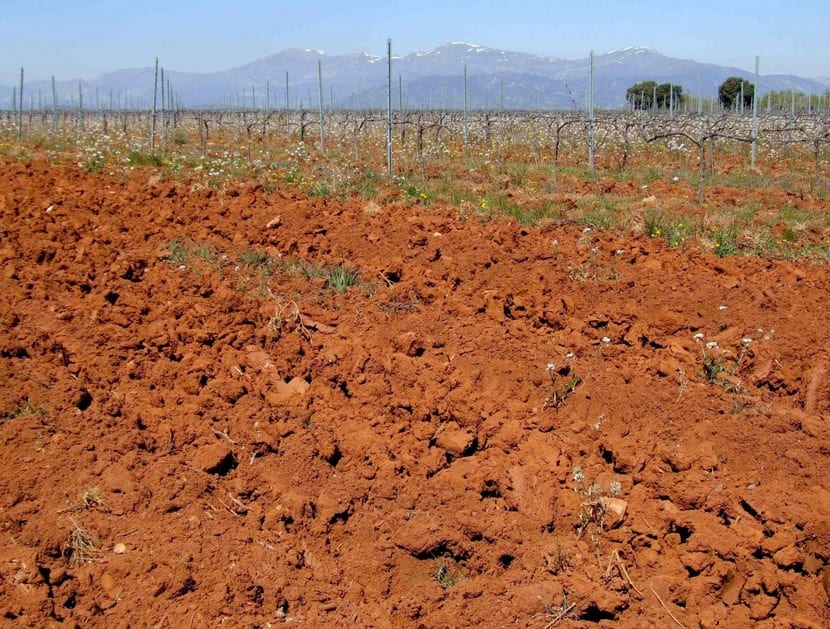
The different types of soils Existing plants not only anticipate the tasks that we will have to carry out outside but also determine what type of plants we can grow in the garden.
This happens because each soil presents different natural conditions that are more favorable for some species than others. According to the place and the zone in which we live, we can find dry or very humid, acidic or alkaline, deep or salty soils.
Plants for sandy soils

We know that cacti can survive almost any condition due to their nature. They belong to a family of plants accustomed to droughts and lack of care, which even accumulates rainwater to survive long periods of drought. This is why cactus and succulents in general they are ideal for those dry and sandy soils. These soils are complicated because the sand is actually almost ground stone and that is why it quickly reheats in the sun, preventing many plants from surviving. This is not the case with succulents, whose roots easily withstand high temperatures.
This group is not the only one that adapts well to this type of soil. The lion's claw, la, carnation, rudbeckia, broom, rockery, zinnias, pine and absinthe They are also plants for sandy soils and that is why you can encourage yourself to grow them.
Plants for clay soils

The clay soils are somewhat difficult as they have poor drainage, which causes almost constant humidity that prevents the roots of many plants from surviving. However, there are always exceptions and that is why you have to choose those plants that like to live in humid environments.
The roots of those plants that live in these soils are poorly aerated and it is difficult for them to penetrate the ground, although this does not happen with the herbaceous, Ideal plants for clay soils. Also applies to papyrus, lilies, apple trees, maples and willows as well as honeysuckle, the bamboo, creek and dahlias.
The power of adaptation
Even when there are plants that adapt well to somewhat poor or humid soils, the ideal is that the soil is always rich in nutrients, well drained and aerated.
Unfortunately, this does not always happen, especially in extreme climates. It is true that it is possible to adapt the soil by providing it with what it lacks or by balancing it with products and different natural elements, but sometimes it is best to do the reverse and choose those plants that best adapt to each soil. That is why today we dedicate ourselves to some relevant examples that will help you if the soil of your green space is sandy or clayey.